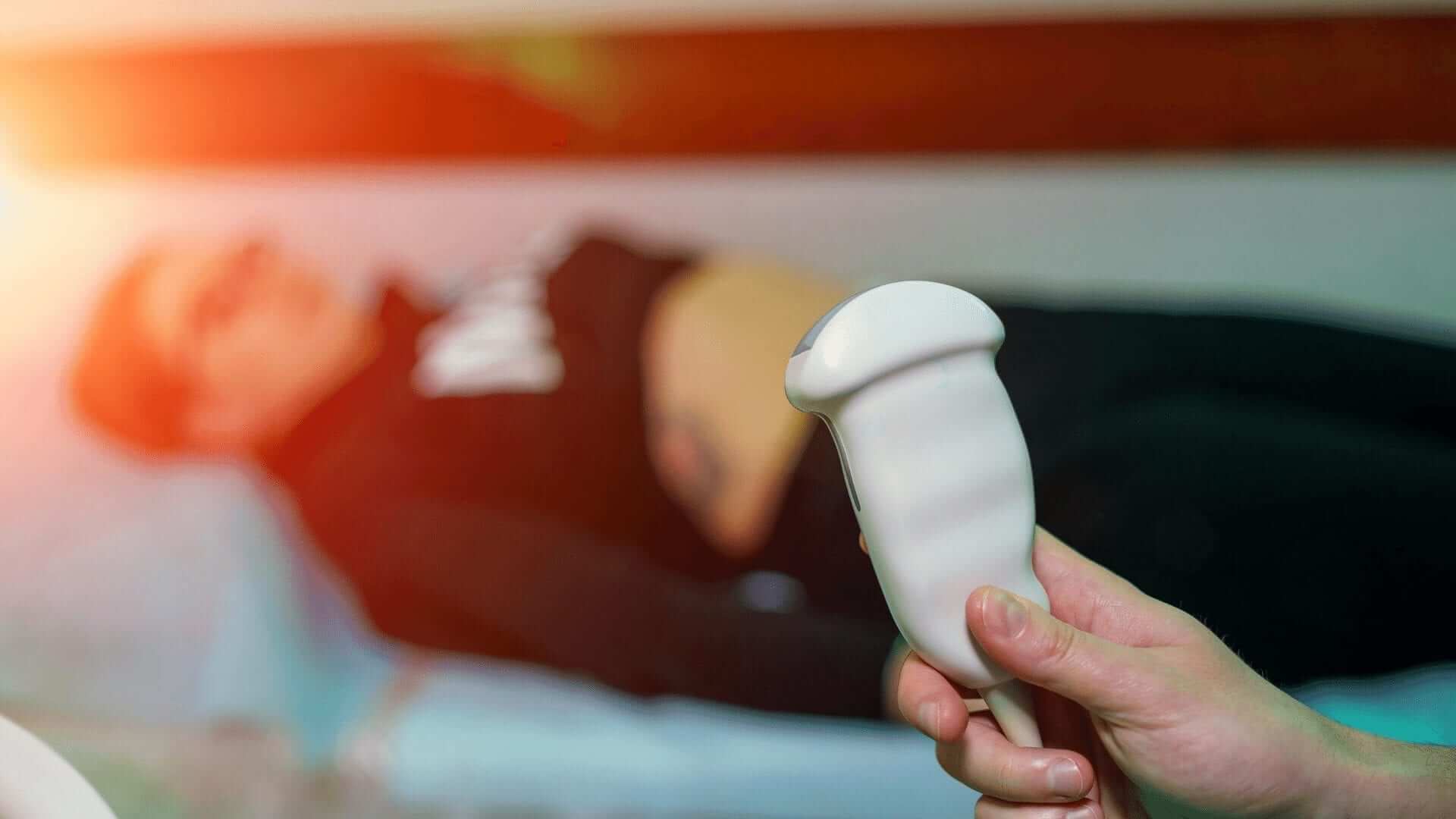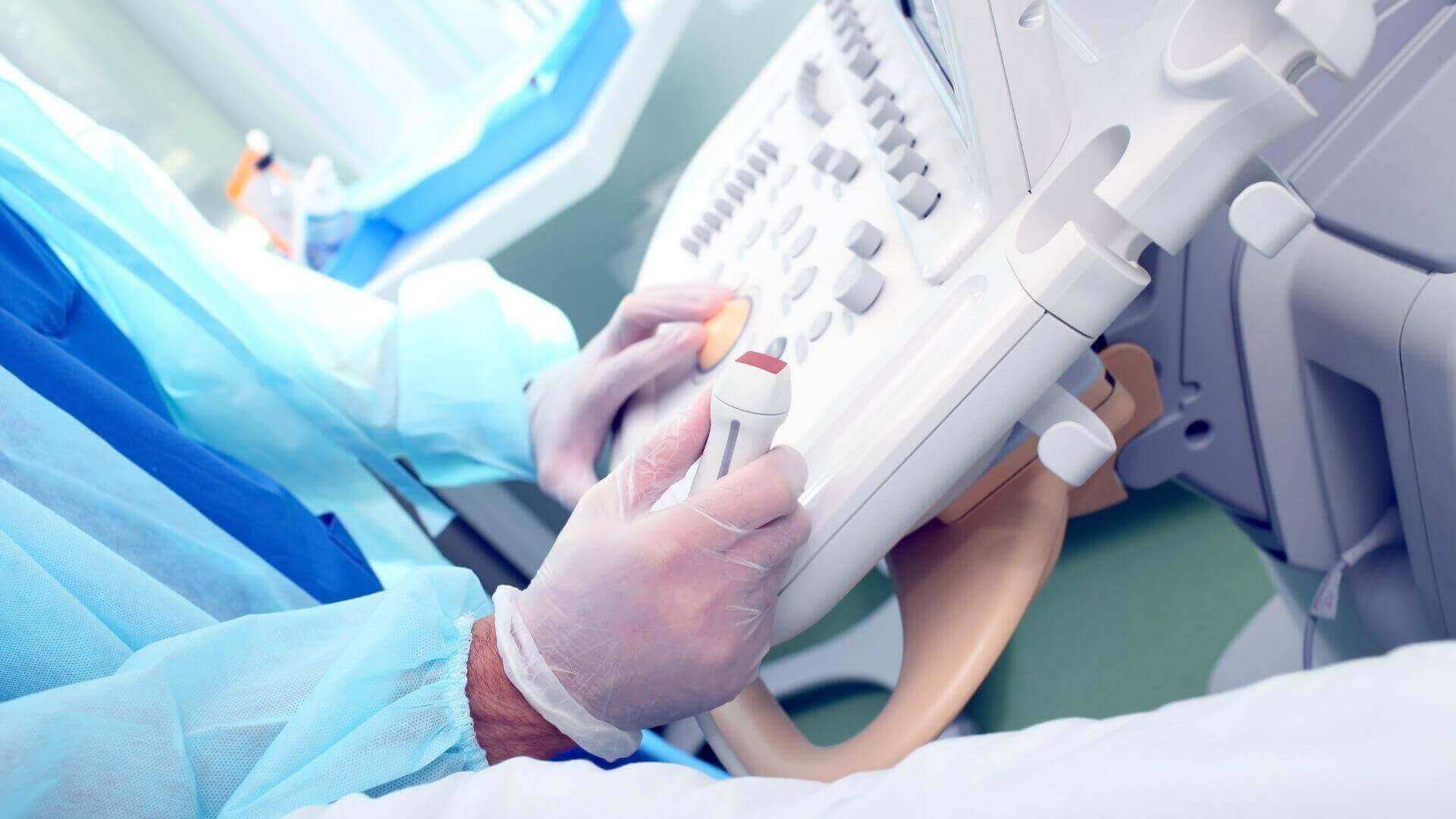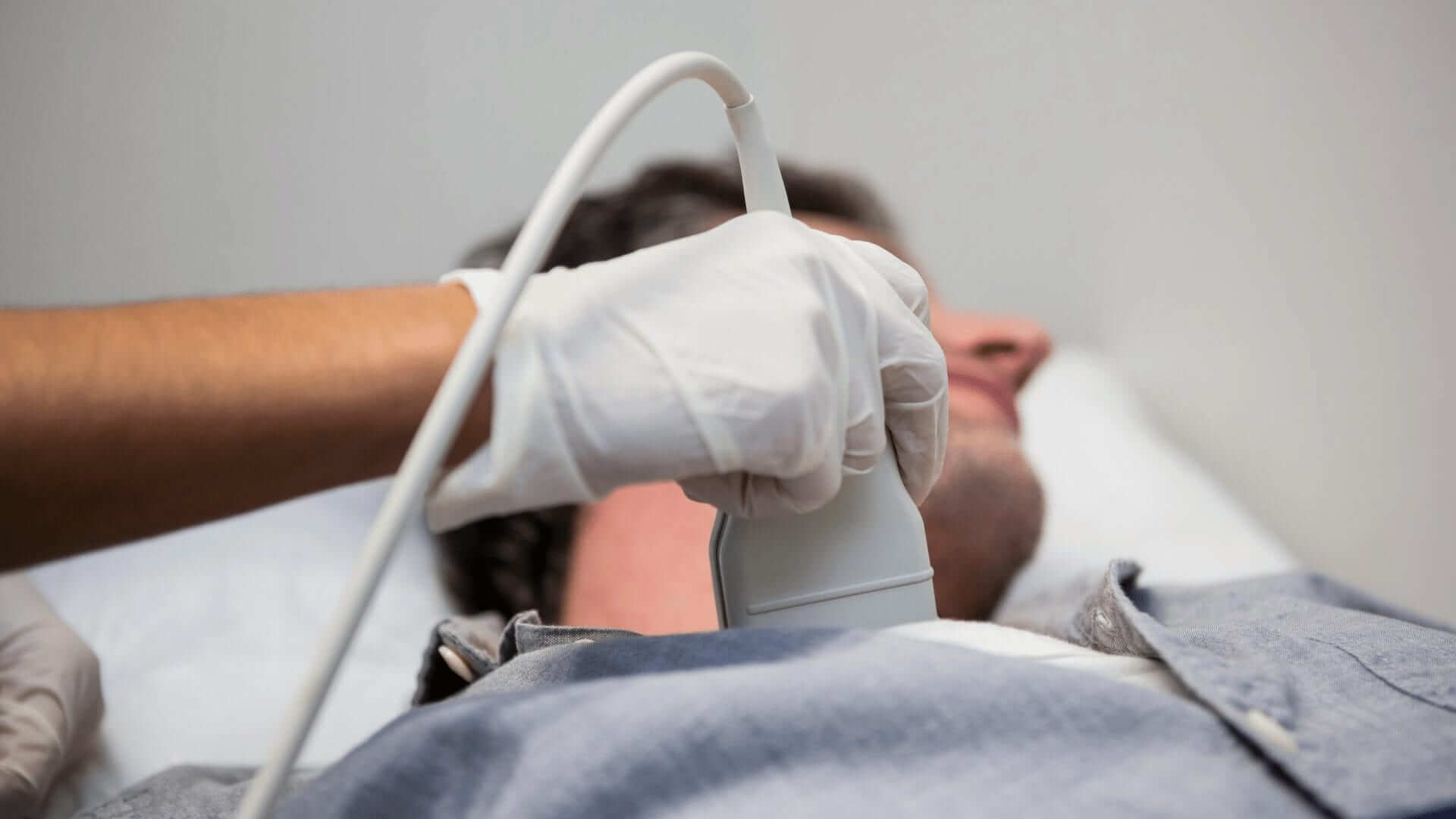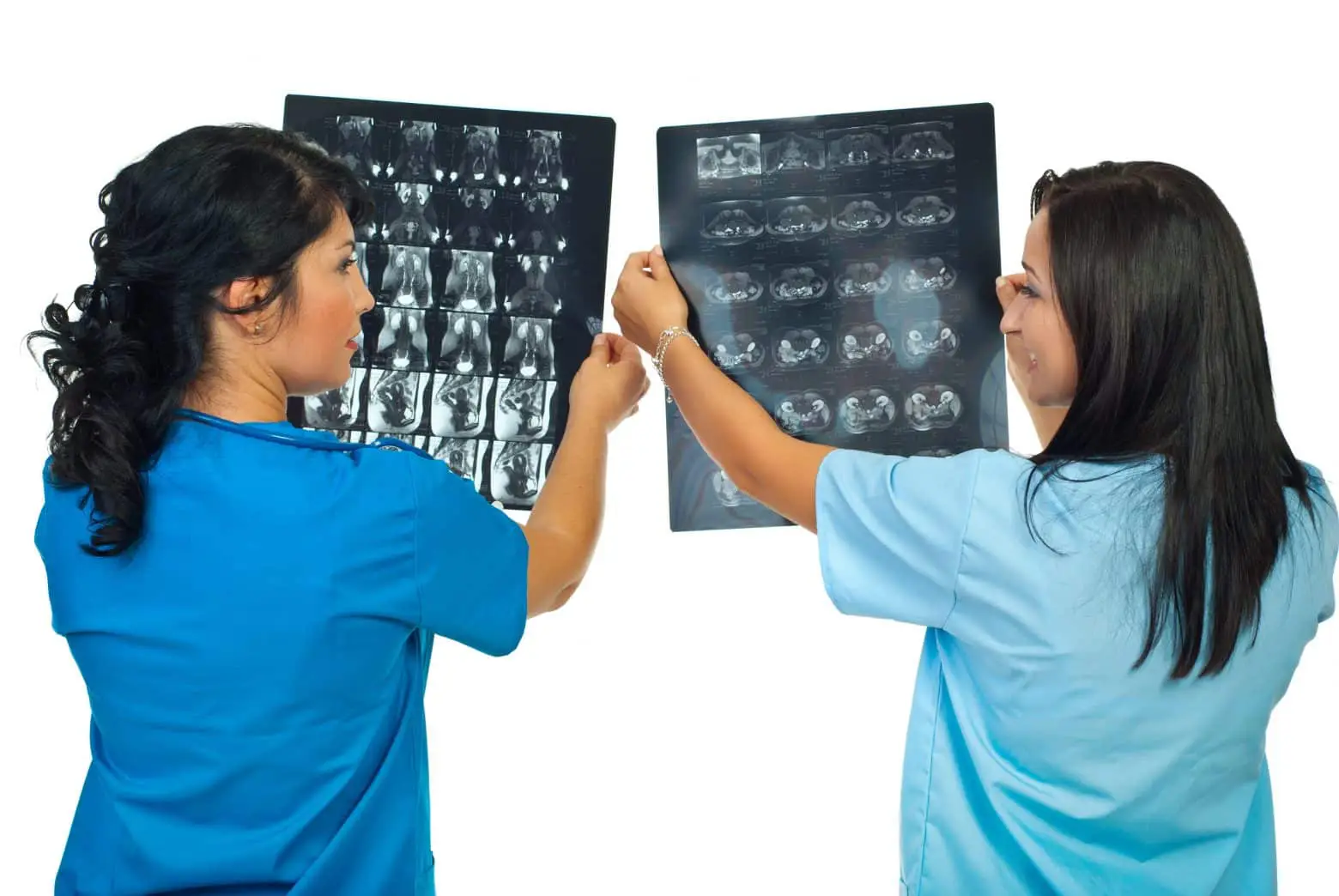Diagnostic Ultrasounds
Date: July 28, 2019
It would not be an overstatement to say that diagnostic ultrasound has revolutionized the medical field. Diagnostic ultrasound is being used in hospitals and clinics around the world. Diagnostic ultrasound imaging is based on the sonar principles used by fishermen, ships, and even bats. Whenever a sound wave strikes an object, it bounces backward or, in other words, echoes. It is possible to measure the item’s distance, size, and consistency by measuring these echo waves. The consistency factor here means finding out whether the object is filled with fluid or a solid, or a combination of both.
Diagnostic ultrasound is extensively used in medicine to detect changes in organs or tissues’ function and appearance. In the case of a diagnostic ultrasound examination, a device called a transducer is used. The diagnostic ultrasound device sends the sound saves and also records the echoing waves. When a transducer is pressed against the skin, it directs a stream of waves into the body. These sound waves then bounce off the internal organs, and the transducer, in turn, records tiny changes in the sound. These waves are instantly measured and displayed on a computer. The live images are generally recorded on videotapes, along with some still photos.
For most diagnostic ultrasound exams, the patient is placed face-up on an examination table that can be moved or tilted. A clear gel is then applied to the area of the body which needs to be examined. The gel also helps the transducer make secure contact with the body and eliminate all air pockets between the transducer and the skin.
The sonographer then presses the transducer against the skin and sweeps it back and forth over the area to be studied. When the diagnostic ultrasound examination is complete, the patient is usually asked to wait till such times. The sonographer reviews the images.
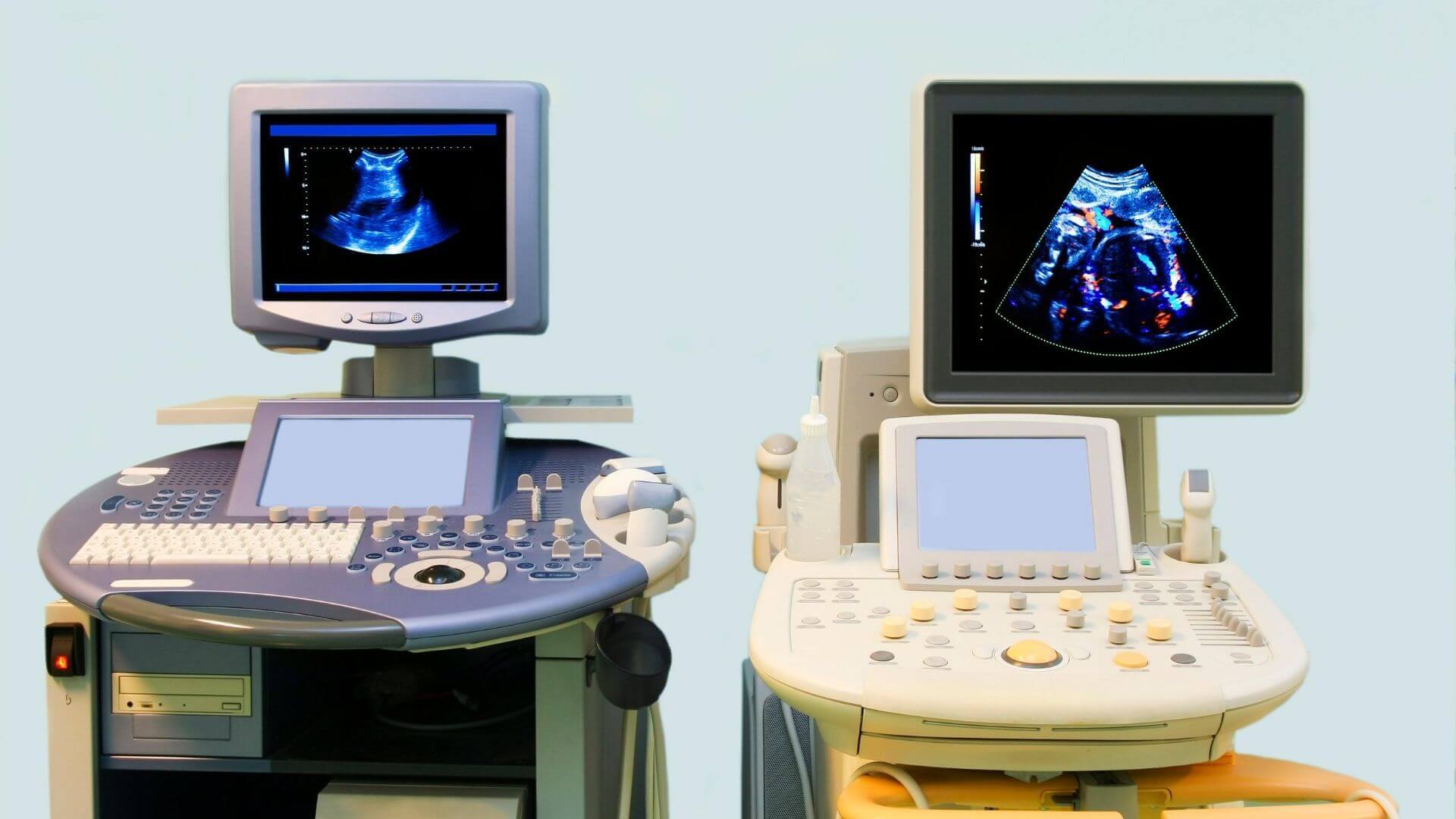
In most cases, the sonographer can review the images in real-time, and in such cases, the patient can be released immediately. The diagnostic ultrasound procedure is easy and painless most of the time. Only in case of a scan being performed over an area of tenderness would you feel some minor pain. After a diagnostic ultrasound exam, you can resume your normal activities.
A qualified physician specially trained to interpret radiology examinations would analyze the images and share them with you. Career opportunities are plenty for anyone who has completed a program in diagnostic ultrasound. The trend is also expected to continue in the immediate future. One can get valuable information on the various institutions that offer such programs by hopping online.
A simple online search would enable you to locate an institution offering an ultrasound program near you. Referrals are also an excellent way to find a qualified institution that offers such programs. That is because they can give you first-hand information on the credentials of a particular institution. It is recommended that you check for the type of certification that a specific institution would provide before joining a program.

